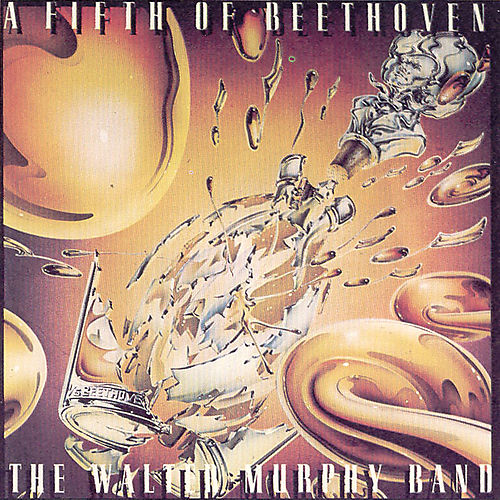
Posted on 04/04/2017 11:31:02 AM PDT by NYer

Maybe you thought the names of the musical notes originated with Maria von Trapp, making up songs to entertain her stepchildren-to-be as they rode their bicycles through the Austrian countryside. But the real origin is much older.
Modern musical notation was born around 1025 in Pomposa, on the Adriatic shore of Ferrara in Italy, when the Benedictine monk and music theorist Guido D’Arezzo noticed his fellow monks had difficulties remembering the melodies they were supposed to sing while praying the liturgy.
Arezzo’s system (the very same one we use nowadays, basically consisting of a five-line staff, four spaces and seven notes in different octaves), replaced neumatic notation, which consisted of certain indications regarding pitch and rhythm patterns which would allow the singer to follow the needed changes in articulation, duration or tempo as related to their own breathing capacities. In fact, the word neumatic derives either from the Greek pneuma, meaning “breath,” or neuma, meaning “sign.” In the early days of the Church, for instance, such neumatic notation was used to notate inflections in the ekphonetic (that is, “quasi-melodic”) recitation of the Scriptures.
Guido D’Arezzo’s Micrologus (his musical treatise, which became the second most-widely distributed text on music in the Middle Ages) included what we nowadays know as staff notation, prescribing the use (and names) of our seven musical notes: ut-re-mi-fa-so-la-si. (It was Giovanni Battista Doni who changed ut to do and si to ti later on, in the 18th century). D’Arezzo took the names of the first six notes in acrostic fashion from the first six half-lines of a hymn dedicated to St. John The Baptist, the Ut queant laxis: “UT queant laxis, RE sonare fibris, MIra gestorum, FAmuli tuorum, SOlve pollute, LAbii reatum” (“So that your servants may, with loosened voices, resound the wonders of your deeds, clean the guilt from our stained lips”).
The seventh note, SI, was formed using the initials of Saint John, “Sancte Ioannes” in Latin. But it was added a bit later on, in order to complete the diatonic scale.
If you want to listen to the Ut queant laxis, feel free to play the video below.
“That is a hilarious way to sing the note song!”
You think that’s funny? Try singing the real tune, Hymn to John the Baptist.

Sol sol sol mi
I could use a fifth about now.
 So could I..................
So could I..................

Brother Guido, My patron saint (I’m a Voice Teacher!) LOL!
https://www.youtube.com/watch?v=416o9b_pjQk
“Solfeggio” by the Nairobi Trio
there was no “melodies” in 1025 it was the time of Gregorian chants...monotone...
Ra a drop of golden sun...
The Nairobi Trio...Wasn’t Barry Soetoro their original drummer?
LOL.
Well, they WERE from Kenya, after all.
Gregorian chants aren’t “monotone,” and some have very beautiful melodies. Google “Veni Creator Spiritus youtube” for a sample.
bfl
No, their original pounder.
Gluteus pounder?
Duh! The human ear/brain can distinguish just eight notes in an octave, the first and last harmonics of one an other. Dogs can distinguish 25 notes in an octave.
The first six tones appear with their respective syllables initiating the first six phrases.
The 7th tone does not appear as a phrase-initiating syllable. Sancte Ioannes does not even touch tone 7.
The headline is artificially stretching it.
Take it from Guido: hexachords rule.
They had different tones. The chants were not monotone.
Yes. The mediaeval system did use the 7th tone but named it in a round about way.
Note seven of the ut/do (C) hexachord was arrived at in two ways:
1) 4th tone of the fa (F) hexachord (B flat)
2) 3rd tone of the sol (G) hexachord (B natural).
The tone existed, but was named as 4 of 4 (B flat of F) or 3 of 5 (B natural of G).
If I remember correctly, this is from where the flat, natural and sharp signs derive. They are all based on the letter b.
Disclaimer: Opinions posted on Free Republic are those of the individual posters and do not necessarily represent the opinion of Free Republic or its management. All materials posted herein are protected by copyright law and the exemption for fair use of copyrighted works.